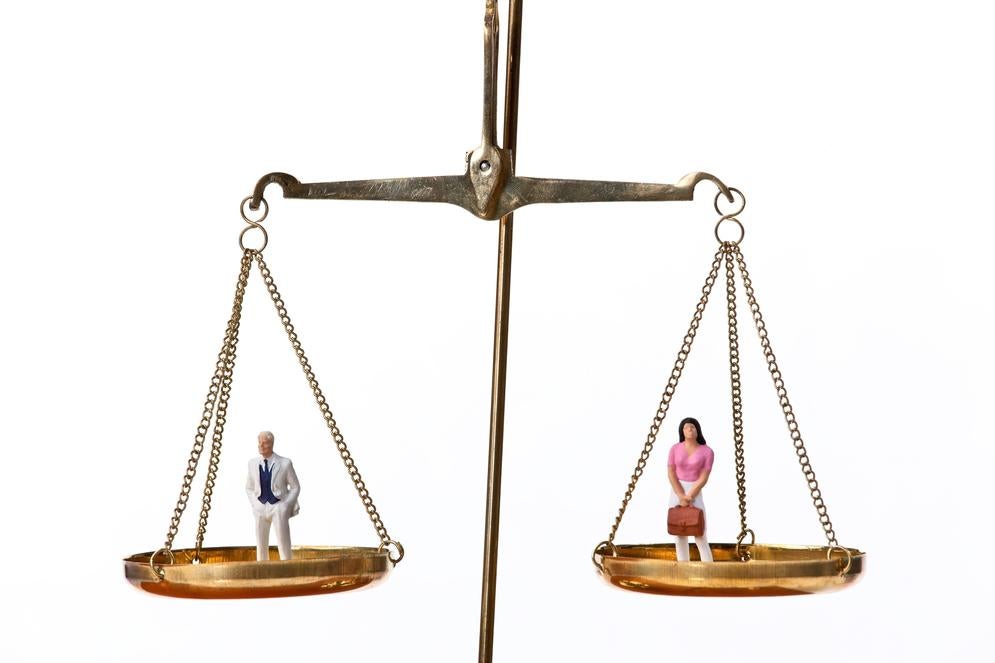This past weekend, the New York Times ran an op-ed by Stephanie Coontz in reaction to Hanna Rosin’s new book, The End of Men. Hanna responded earlier this week. Now it’s Coontz’s turn:
I completely agree with Hanna Rosin on how much—and for the most part, how irreversibly—women’s options and gender power relationships have changed. In my last book, A Strange Stirring, I emphasized the enormous gains women have made since the 1960s. And I am currently working on another book, tentatively titled Intimate Revolutions, showing how these positive trends in gender equality—along with new technologies, shifting racial-ethnic dynamics, and some decidedly negative trends in socioeconomic inequality—have transformed interpersonal relationships at every stage of life, from birth through old age, for better and for worse.
Rosin and I also agree that despite the dismantling of institutionalized patriarchy and the decreasing tolerance for the forcible assertion of male privilege, women still face widespread prejudices, as well as structural barriers to further progress toward full equality. Yet we share a fundamental optimism about the potential for continued progress, and about the benefits that progress holds for men, women, and children alike.
Our differences are mostly over tone and emphasis. When read in its entirety, Rosin’s book shows a clear grasp of the complexity, contradictions, and trade-offs of the gender revolution we are experiencing. But the book’s title, The End of Men, and Rosin’s frequent use of phrases such as “matriarchy,” while attention-getting, carry two dangers—dangers that concern me enough that I wrote about them in the op-ed pages of the New York Times.
First, they can contribute to the erroneous idea that women have pulled ahead of men in most respects. The fact is that although women do earn more college degrees than men and some have moved into the highest echelons of the political and economic hierarchy, on average women still earn less than men with comparable levels of education, even accounting for seniority and total time at work. This is true of young, childless women too, who come closer to parity with their male peers than any other group.
Overestimating women’s gains can lead to the false assumption that the rate of social change we saw following the early victories of the women’s movement will continue indefinitely. In fact, there is considerable evidence of a stall in measures of gender equality since the 1990s, and women have experienced real setbacks in their access to reproductive choice.
Even more importantly, phrases like “matriarchy” and “the end of men” can lend credence to a conclusion that both Rosin and I completely reject: the notion that women’s gains have come at the expense of men. The increase in unemployment and fall in real wages for the bottom 70 percent of men since the 1970s is not the result of women’s ascent from the artificially low wages and limited job access that prevailed during the era of legal discrimination. It is a product of growing socioeconomic inequality, outsourcing of traditional male jobs, attacks on unions, and decreasing investment in infrastructure.
It is true that many men (as well as a significant though smaller subset of women) have had difficulty adjusting to these changes. Some men remain so invested in their breadwinner identity that they go into crisis if their wife earns more than they do. Others, hoping someday the old order will return and they will recover their masculine privileges, fritter away their chances for self-improvement.
But labels such as Rosin’s “Cardboard Man” and “Plastic Woman” do not do justice to the nuance and compassion found elsewhere in her book. And I am not convinced that women have been that much more nimble and flexible than men in adjusting to new conditions. Women, like men, continue to select gender-stereotypical occupations and college majors such as health care and services. It may be that women’s gender inertia simply has happened to be an advantage in a period when these jobs are expanding, while men’s gender inertia has left them more vulnerable to deindustrialization and the deskilling of traditional male jobs.
It remains to be seen how nimbly women will respond as the ripple effects of recession-induced cutbacks further shrink the government sector, another traditional area of female employment. Although men bore 80 percent of the job losses during the first stages of the recession, since then women have lost a higher proportion of jobs than men, and have recovered a lower proportion of those lost jobs.
Rosin and I agree that stereotypes about what men can and should do have changed much less than those about what women can and should do, and many men remain hamstrung by a powerful masculine mystique that is in part enforced by the structure of the workplace and partly internally imposed. Nevertheless, the transformation in men’s attitudes toward gender relationships has arguably been every bit as revolutionary as that of women, although it began later. In 1970, men overwhelmingly disapproved of married women working. As late as 1980, 54 percent of men believed that husbands should be the main breadwinners. But by 2000, as detailed in the book Alone Together, that number had fallen to 30 percent. In a 2008 Pew Research poll, 68 percent of women and 69 percent of men said both sexes make equally good leaders.
Despite these differences, I share the hopeful conclusion with which Rosin ends her book. Although the troubling increase in economic insecurity and inequality may one day undermine support for gender equity, right now the revolution continues, and more and more men have learned to appreciate that it gives both sexes, in Rosin’s words, “a little more room to breathe.”
Stephanie Coontz is a Professor of History and Family Studies at Evergreen State College, and the Director of Research and Public Education at the Council on Contemporary Families.
